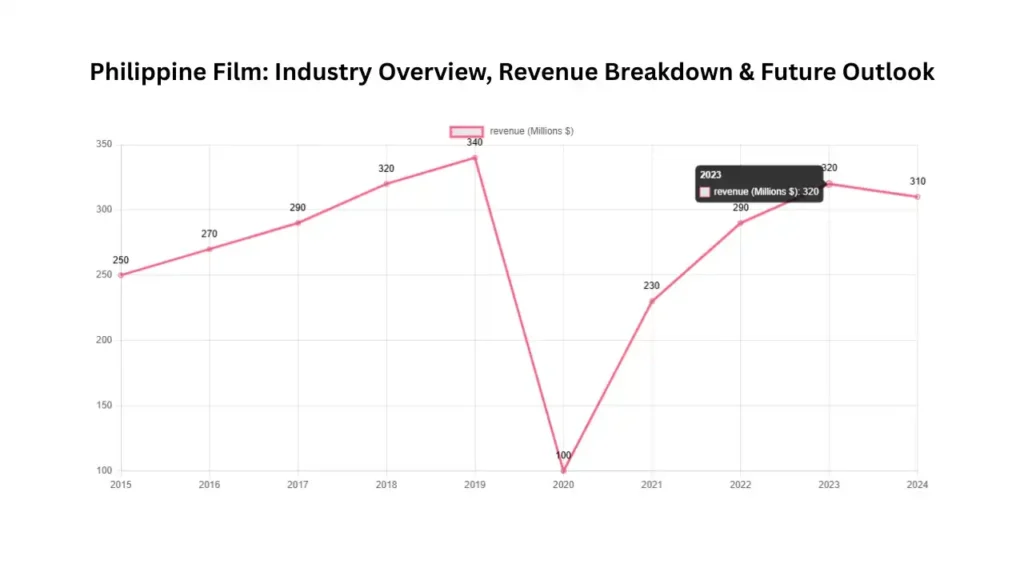Table of Contents
Overview of the Japanese Film Industry
| Feature | Details |
|---|---|
| Industry Name | Japanese Film Industry |
| Central Hubs | Tokyo, Kyoto, Osaka |
| Primary Markets | Japan, Southeast Asia, North America, Europe |
| Leading Studios | Toho, Shochiku, Toei, Studio Ghibli, Kadokawa |
| Major Genres | Animation, Drama, Horror, Slice-of-Life, Sci-Fi |
| Annual Film Output | 600–700 films/year |
| Key Platforms | Netflix Japan, Hulu JP, Amazon Prime Video |
| Export Strength | Anime films, horror, arthouse cinema |
The Japanese film industry is one of the oldest and most culturally influential cinema industries in the world. Known for its animation dominance, emotional storytelling, and distinctive cinematic style, Japan has crafted a niche global audience while sustaining a robust domestic market.
Current Global Position (2024)
As of 2024, Japan ranks 3rd globally with $1.50 billion in box office revenue, claiming 4.6% of the global market share. While it doesn’t match the scale of Hollywood or China in raw numbers, Japan commands cultural prestige, especially in animation (anime), which drives exports and streaming performance globally.
Films like Suzume, The Boy and the Heron, and Jujutsu Kaisen 0 have shown that Japanese anime films can compete globally, not just domestically.
Business Strategy of the Japanese Film Industry
Japan’s film success is based on a blend of tradition and modern business innovation:
- Anime Export Powerhouse: Titles by studios like Ghibli, MAPPA, and Ufotable dominate internationally.
- Manga-to-Film Adaptation: Leveraging popular IPs for box office and merchandise success.
- Film Festivals & Arthouse Cinema: High critical acclaim boosts global perception.
- Franchise Focus: Long-running series (e.g., Detective Conan, Evangelion) sustain fan bases.
- Limited Foreign Film Dominance: Preference for local content keeps box office circulation national.
- Cinematic Tech: High-end projection, IMAX expansion, and CG enhancement growing.
Japan’s Box Office Revenue (2015–2024)
| Year | Box Office Revenue (USD) | Global Rank | Notes |
|---|---|---|---|
| 2015 | $1.84B | #3 | Yo-Kai Watch, Attack on Titan surge |
| 2016 | $1.81B | #3 | Your Name global breakout |
| 2017 | $1.65B | #4 | Animation-led success |
| 2018 | $1.59B | #4 | Detective Conan: Zero the Enforcer dominates |
| 2019 | $1.61B | #4 | High anime revenue; Weathering With You |
| 2020 | $1.27B | #3 | Demon Slayer: Mugen Train becomes top-grossing ever |
| 2021 | $1.41B | #3 | Continued anime success amid pandemic recovery |
| 2022 | $1.44B | #3 | One Piece Film: Red, Jujutsu Kaisen 0 lead |
| 2023 | $1.47B | #3 | Suzume, The First Slam Dunk strong performers |
| 2024 | $1.50B | #3 | Industry stabilizing; anime remains key driver |
Popular Japanese Film Stars & Their Net Worth (2024)
| Artist | Profession | Estimated Net Worth (USD) |
|---|---|---|
| Takuya Kimura | Actor, Singer | $100M |
| Hiroshi Abe | Actor | $80M |
| Ken Watanabe | Actor (Int’l Star) | $40M |
| Haruka Ayase | Actress | $30M |
| Masaki Suda | Actor, Singer | $20M |
| Kento Yamazaki | Actor | $18M |
| Tao Tsuchiya | Actress | $15M |
| Ryo Yoshizawa | Actor | $12M |
| Suzu Hirose | Actress | $10M |
| Jun Matsumoto | Actor, Singer | $25M |
Note: Net worth estimates are based on combined film, endorsement, and music revenue.
Future Outlook of the Japanese Film Industry
Japan’s cinematic future is poised for steady growth and cultural expansion:
- Global Anime Demand: Continued international hunger for high-quality anime.
- Streaming Power: More co-productions with Netflix, Disney+, and Crunchyroll.
- International Awards: Films like Drive My Car highlight global critical appeal.
- Youth-Centric Stories: Increased focus on younger audiences and relatable dramas.
- AI-Assisted Animation & VFX: Streamlining production while preserving storytelling artistry.
By 2030, Japan’s film and animation exports are expected to account for over $3B annually, further positioning it as a cinematic soft power leader.
Sources:

